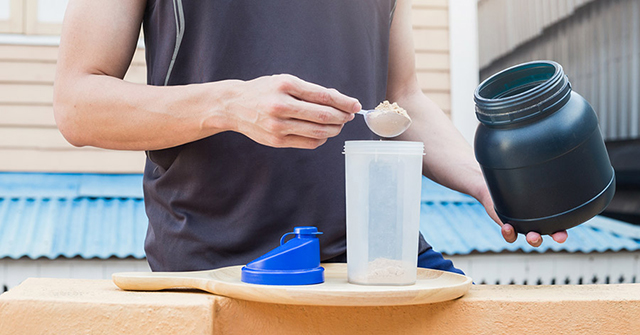Protein shakes have become a staple for fitness enthusiasts, athletes, and even those seeking quick nutritional support. Many reach for a shake bottle for protein immediately after workouts or busy days, believing it is the fastest route to strength and recovery. But how much is too much, and can overconsumption harm your body rather than help it?
The Role of Protein in the Body
Protein is essential for building and repairing muscles, supporting enzymes, hormones, and maintaining healthy tissues. When consumed in the right amounts, it can aid in weight management, muscle recovery, and energy balance. Protein shakes offer a quick and convenient solution, especially for people with busy lifestyles or increased physical demands. However, they should complement a diet rich in whole foods, not replace it.
How Much Protein Do You Really Need?
Daily protein needs vary depending on age, weight, activity level, and health goals. For most adults, the recommended intake is around 0.8 grams of protein per kilogram of body weight. Athletes or those engaged in heavy training may require between 1.2 and 2.0 grams per kilogram. Consuming more than this regularly does not guarantee additional benefits and may instead put strain on the body.
The Risks of Too Much Protein
Excessive reliance on protein shakes may have unintended consequences. The body can only use a limited amount of protein at once, with excess often being stored as fat or excreted. Over time, very high protein intake may contribute to issues such as:
- Kidney strain: Extra protein increases workload on the kidneys, particularly for individuals with pre-existing conditions.
- Digestive discomfort: High intake can lead to bloating, constipation, or dehydration.
- Nutrient imbalance: Replacing meals with shakes may limit fibre, vitamins, and minerals essential for overall health.
- Weight gain: Surplus calories from shakes, especially those with added sugars, can lead to fat storage rather than muscle gain.
Signs You May Be Overdoing Protein Shakes
Paying attention to your body’s signals can help prevent excess. Common signs of overconsumption include fatigue, digestive issues, constant thirst, or unexplained weight gain. If shakes are your main source of protein rather than part of a balanced diet, it may be time to reassess your intake.
Balancing Protein with Whole Foods
Whole food sources such as lean meats, fish, eggs, legumes, nuts, and dairy offer not only protein but also additional nutrients like iron, zinc, calcium, and fibre. Using shakes to supplement rather than dominate your diet ensures a healthier balance. For example, using a shake bottle for protein after a workout can be beneficial, but pairing it with balanced meals throughout the day provides longer-term benefits.
When Protein Shakes Are Most Useful
Protein shakes can be especially effective:
- Post-workout: For muscle recovery within the first hour after exercise.
- Busy schedules: As a quick option when whole meals are unavailable.
- Special dietary needs: For those struggling to meet protein requirements through food alone, such as vegetarians or older adults.
Safe Practices for Protein Shake Consumption
To gain the benefits without the risks, consider the following:
- Moderation: Limit shakes to one serving per day unless otherwise guided by a nutrition professional.
- Check ingredients: Avoid shakes high in sugars, additives, or fillers.
- Stay hydrated: Protein metabolism requires water, so increase your fluid intake accordingly.
- Consult professionals: Athletes or individuals with health concerns should seek tailored guidance from dietitians or healthcare providers.
Final Thoughts
Protein shakes can be a practical way to support nutrition and fitness goals, but like many things in health, balance is key. Relying too heavily on them may do more harm than good, while using them wisely can complement a well-rounded diet. Listen to your body, monitor your intake, and remember that true health comes from a variety of whole foods, exercise, and lifestyle balance.





